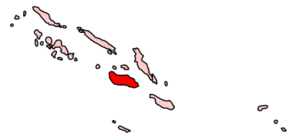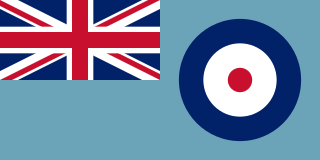
The Desert Air Force (DAF), also known chronologically as Air Headquarters Western Desert, Air Headquarters Libya, the Western Desert Air Force, and the First Tactical Air Force (1TAF), was an Allied tactical air force created from No. 204 Group RAF under RAF Middle East Command in North Africa in 1941 to provide close air support to the British Eighth Army against Axis forces. Throughout the Second World War, the DAF was made up of squadrons from the Royal Air Force (RAF), the South African Air Force (SAAF), the Royal Australian Air Force (RAAF), the United States Army Air Forces (USAAF) and other Allied air forces.
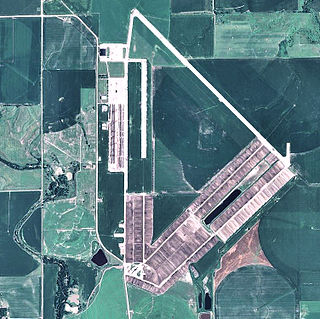
Bruning Army Air Field was a flight training installation of the United States Army Air Forces used during World War II and located in northeast Thayer County, Nebraska, at coordinates 40°20'25" North, 97°25'42" West, approximately six miles east of Bruning.

Royal Air Force Kings Cliffe or more simply RAF Kings Cliffe is a former Royal Air Force satellite station located near Kings Cliffe, Northamptonshire, 12 miles (19 km) west of Peterborough in Cambridgeshire. The airfield was built with hard-surfaced runways and a perimeter track, these were extended early in 1943.

Royal Air Force Andrews Field or more simply RAF Andrews Field is a former Royal Air Force station located 4 miles (6.4 km) east-northeast of Great Dunmow Essex, England.

Santo International Airport is an airport in Luganville on Espiritu Santo in Vanuatu. The airport used to be called Santo-Pekoa International airport until it was renamed in the Vanuatu AIPV amendment released on 16 June 2021. Airports Vanuatu Limited provides aviation services for the airport.
Wakde Airfield is a World War II airfield located on Wakde Island, off the northern coast of New Guinea in Papua, Indonesia. The airfield was abandoned after the war and today is almost totally returned to its natural state.
Owi Airfield is a former World War II airfield located on Owi Island in the Schouten Islands, Indonesia.

The XIII Bomber Command was an inactive United States Army Air Forces formation. It was last assigned to Thirteenth Air Force, based at Clark Field, Luzon, Philippines. It was inactivated on 15 March 1946.
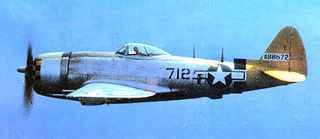
The XIII Fighter Command was a United States Army Air Forces formation. It was last assigned to Thirteenth Air Force, based at Manila, Luzon, Philippines. It was inactivated on 15 March 1946.

Koli Airfield is a former World War II airfield on Guadalcanal, Solomon Islands in the South Pacific, located near Koli Point, eight miles east of Henderson Field, close to the Metapona River to the east and the Naumbu River to the west. The airfield was abandoned after the war and today is almost totally returned to its natural state.
Plaine Des Gaiacs Airfield is a former World War II airfield on New Caledonia in the South Pacific. It is located at Plaine Des Gaiacs near the village of Pouembout. The airfield was also known as De Gaiacs and was named for the Gaiac tree that grow in the area.

South Field was a World War II airfield on Iwo Jima in the Volcano Islands, located in the Central Pacific. The Volcano Islands are part of Japan. The airfield was located on the southern corner of Iwo Jima located on the Motoyama plateau, to the north of Mount Suribachi. South Field was significant to the overall Battle of Iwo Jima.

Hawkins Field is a former World War II airfield on Betio, Tarawa in the Gilbert Islands of the Central Pacific.
Carlsen Air Force Base is a former United States Army Air Forces World War II airbase on Trinidad, consisting of two landing strips, "Edinburgh" and "Xeres". The airbase also included an emergency landing strip, "Tobago".
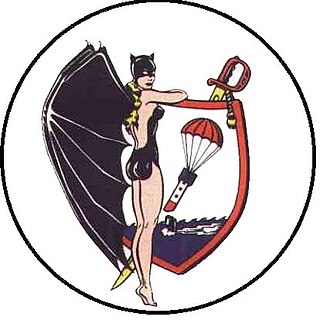
Patrol Squadron 24 (VP-24) was a Patrol Squadron of the U.S. Navy. The squadron was established as Bombing Squadron One Hundred Four (VB-104) on 10 April 1943, redesignated as Patrol Bombing Squadron One Hundred Four (VPB-104) on 1 October 1944, redesignated as Patrol Squadron One Hundred Four (VP-104) on 15 May 1946, redesignated Heavy Patrol Squadron (Landplane) Four (VP-HL-4) on 15 November 1946, redesignated Patrol Squadron Twenty Four (VP-24) on 1 September 1948, the third squadron to be assigned the VP-24 designation, redesignated Attack Mining Squadron Thirteen (VA-HM-13) on 1 July 1956, redesignated Patrol Squadron Twenty Four (VP-24) on 1 July 1959 and disestablished 30 April 1995.

The Foggia Airfield Complex was a series of World War II military airfields located within a 40 km (25 mi) radius of Foggia, in the Province of Foggia, Italy. The airfields were used by the United States Army Air Forces' Fifteenth Air Force as part of the strategic bombardment campaign against Nazi Germany in 1944 and 1945, as well as the Twelfth Air Force, the British Royal Air Force and the South African Air Force during the Italian Campaign (1943–1945).
Nukufetau Airfield is a former World War II airfield on the south-eastern side of Nukufetau on Motulalo Island in Tuvalu during the Pacific War.
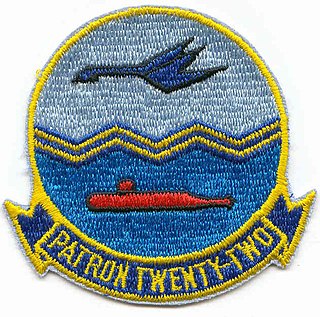
VP-22 was a long-lived Patrol Squadron of the U.S. Navy, nicknamed the Dragons from 1944 to 1950, and the Blue Geese from 1951 to 1994. It was established as Bombing Squadron VB-102 on 15 February 1943, redesignated Patrol Bombing Squadron VPB-102 on 1 October 1944, redesignated VP-102 on 15 May 1946, redesignated Heavy Patrol Squadron (Landplane) VP-HL-2 on 15 November 1946, redesignated VP-22 on 1 September 1948 and disestablished on 31 March 1994. It was the third squadron to be designated VP-22, the first VP-22 was disestablished, merged with VP-101 on 18 April 1942 and the second VP-22 was redesignated VPB-22 on 1 October 1944.

VP-106 was a Patrol Squadron of the U.S. Navy. The squadron was established as Bombing Squadron 106 (VB-106) on 1 June 1943, redesignated Patrol Bombing Squadron 106 (VPB-106) on 1 October 1944, redesignated Patrol Squadron 106 (VP-106) on 15 May 1946 and disestablished on 5 October 1946.
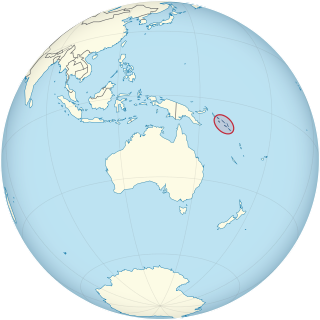
US Naval Base Solomons was a number of United States Navy bases in the Solomon Islands in the Pacific Ocean. Most were built by the US Navy Seabees, Naval Construction Battalions, during World War II as part of the Pacific War. In August 1942 the United States Armed Forces took the Guadalcanal in the Solomon, in the Battle of Guadalcanal. US Navy Seabees built a new base at Guadalcanal, Naval Base Guadalcanal and then on other islands in the Solomons.

